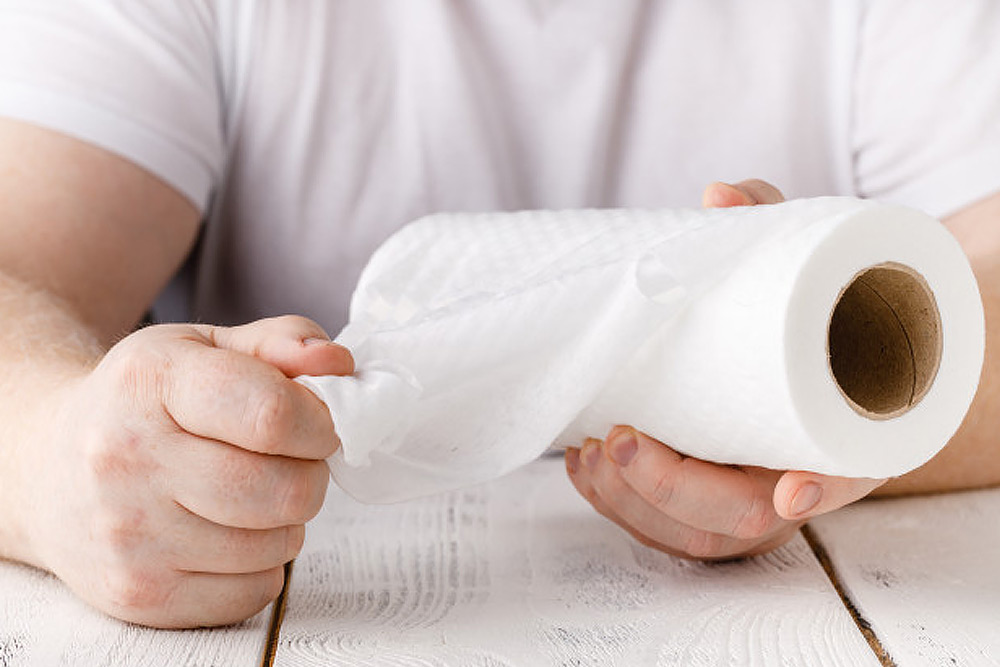In modern fast-paced life, people's requirements for personal hygiene and environmental cleaning are constantly increasing. Especially in the post-epidemic era, hand cleaning has become an important part of people's daily health management. As a convenient and efficient cleaning tool, Hand Disposable Wipes have gradually become a staple in various scenarios such as home, office, and travel.
Hand Disposable Wipes are a type of wet wipes that are pre-soaked with cleaning liquid or disinfectant. They are usually made of non-woven fabrics as the main material and are soft, durable, and not easy to shed. They are easy to use, ready to use, and can be discarded after use without rinsing, which greatly improves the cleaning efficiency.
Compared with traditional hand washing methods, wet wipes are more suitable for temporary cleaning needs in the absence of water sources, during travel or in public places. Some high-end products also add moisturizing ingredients such as aloe vera, vitamin E, and glycerin to protect the skin while removing bacteria and dirt, which is especially popular among female and child users.
Hand Disposable Wipes have been widely used in many areas of life. For example:
Daily home: After kitchen operations, toileting, and children playing, you can use wet wipes to quickly clean your hands.
Travel: Outdoor, public transportation, picnics and other occasions, wet wipes are an ideal portable hygiene tool.
Medical care: In hospitals, nursing homes and other places, wet wipes have become an important auxiliary care product to help reduce cross infection.
Catering services: Many restaurants provide wet wipes as a cleaning tool for customers before dining, reflecting service details.

With the development of product segmentation, Hand Disposable Wipes with different functions are constantly emerging, such as low-irritation wipes designed for babies, disinfectant wipes with added alcohol, and refreshing wipes with fragrance effects.
According to market research reports, the global disposable wipes market is growing steadily, especially in the Asia-Pacific region and North America. Consumers' demand for portability and instant disinfection has led to a continuous increase in sales of Hand Disposable Wipes in supermarkets, convenience stores, pharmacies and e-commerce platforms.
Many well-known brands such as Dettol, Lysol, and Kleenex have launched a series of wet wipes products. At the same time, some emerging brands have also competed for market share through differentiation strategies such as plant formulas, organic certification, and degradable packaging.
Although Hand Disposable Wipes are outstanding in convenience, most products use non-woven fabrics with a high plastic content, which are difficult to decompose in the natural environment, causing a certain environmental burden. In recent years, environmental organizations and policy regulators have called on consumers to use them rationally, and at the same time promoted companies to develop degradable wet wipes materials, such as natural substitutes such as bamboo fiber and corn fiber.
Many brands have begun to launch environmentally friendly packaging, reduce the amount of plastic used in single packages, and even advocate reusable wet wipes and wet wipe replacement cores to alleviate the pressure of disposable products on the environment.
As a "gadget" in the daily life of modern people, Hand Disposable Wipes plays an important role in improving hygiene levels and providing convenient experience. In the face of changing consumer needs and environmental challenges, the wet wipes industry will continue to evolve in terms of material technology, functional innovation, and sustainability in the future, bringing healthier and greener cleaning solutions to global users.


 English
English 简体中文
简体中文 日本語
日本語





















